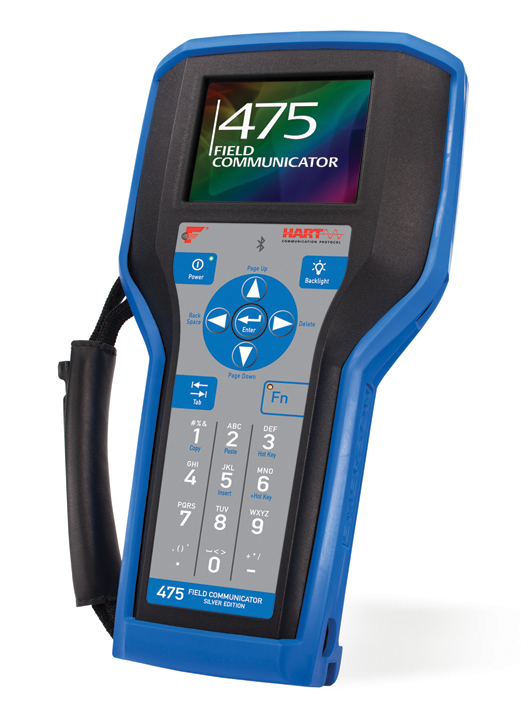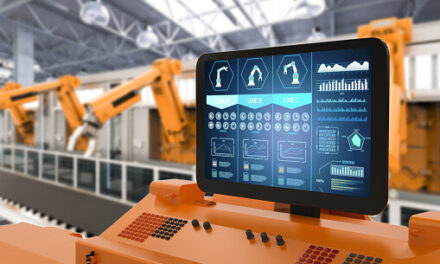 Monitoring and tracking the status of equipment in the field is an essential part of day-to-day plant operation. Field technicians are the eyes and ears of the plant, whether they are investigating a known issue or are simply monitoring assets during regular rounds. From asset management software to field tools, everything should work together seamlessly to ensure maintenance is efficient, data is accurate, and devices are healthy.
Monitoring and tracking the status of equipment in the field is an essential part of day-to-day plant operation. Field technicians are the eyes and ears of the plant, whether they are investigating a known issue or are simply monitoring assets during regular rounds. From asset management software to field tools, everything should work together seamlessly to ensure maintenance is efficient, data is accurate, and devices are healthy.
There are an increasing number of workflow management and clipboard replacement apps for consumer grade smartphones that allow technicians to keep track of activities in the field. So why are field technicians leaving these devices back at the shop when they perform rounds? The answer is simple: the sensitive, fragile devices are hard to use and easy to break.
A device built for the consumer market is not developed to withstand the physical abuse of a plant environment. Tablets and smartphones are not designed to be used by technicians wearing heavy work gloves while trying to access hard to reach places. Under these circumstances, devices get dropped, scratched, and banged frequently.
Anyone who has dropped a tablet or smartphone knows that they break easily. These consumer devices do not stand a chance when dropped multiple times onto concrete or packed gravel floors in a plant.
Even if a consumer device is housed in a protective case, its sensitive touchscreen and small buttons will be nearly impossible to use when a technician is wearing heavy gloves, and will often require both hands to operate, a luxury that technicians won’t always have.
Technicians working in hazardous areas need equipment that can follow them into any situation. When a technician receives a call to investigate a possible equipment malfunction in a hazardous area, there are often safety regulations that make carrying consumer mobile devices problematic.
If a field communicator or mobile device that a technician carries is not intrinsically safe, he will be limited in his ability to quickly respond. Consumer smartphones and tablets are not rated to be safely carried into hazardous areas. This means that a technician who is already in the field carrying a tablet or smartphone would have to return to the shop to exchange equipment before entering the hazardous area for investigation.
If the plant does not own any devices that are safe to carry into hazardous areas, the organization may have to pull a hot work permit in order to allow a technician to bring his portable device in to diagnose and make repairs on the faulty equipment. If time or safety concerns make permitting not possible, the process may need to be shut down in order for the work to occur, creating the very process interruption that a technician is trying to avoid.
The 475 Field Communicator is built to withstand the abuse it will take in the field. Designed with harsh industrial environments in mind, the 475 communicator features large keys and physical navigation buttons that allow for one-handed operation, even while wearing work gloves. The rugged display is visible in all types of lighting and is designed to take the bumps and drops that come from normal use in the plant.
The 475 Field Communicator is certified to go anywhere a technician can go. Because it has Intrinsic Safety certifications including CENELEC/ATEX, FM, CSA, FISCO, and IECEx, there’s no need to shut a process down or get a hot work permit. Technicians have the freedom and flexibility to go where they need to, when they need to, letting them solve more problems in less time.
For more information go to http://bit.ly/2bgKu1v


